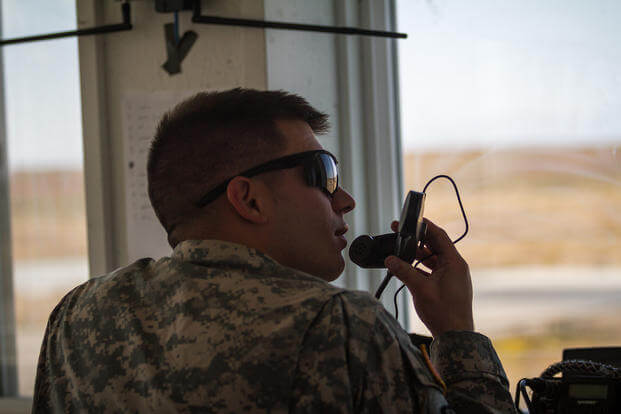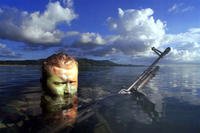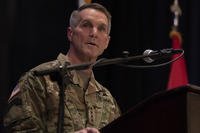The United States Air Force is the largest air force in the world, and when a combat zone is thick with air traffic, someone has to coordinate it all. Air force combat controllers (CCT) operate in hostile territory as air traffic controllers, and that means they need to insert unnoticed, coordinate local aerial forces and be ready for potential contact with enemy combatants.
According to the Air Force Special Operations Command website, "Combat Controllers are trained special operations forces and certified FAA air traffic controllers. Their mission is to deploy, undetected, into combat and hostile environments to establish assault zones or airfields, while simultaneously conducting air traffic control, fire support, command and control, direct action, counterterrorism, foreign internal defense, humanitarian assistance and special reconnaissance."
Training
Some Special Forces units might get all the media glory, but don't be fooled -- combat controllers rank among the most highly trained special operations forces in the U.S. On top of maintaining their abilities as air traffic controllers, they must be trained in infiltration and joint terminal attack controlling. The combat controller training program is as follows:
Combat Control Screening Course, Joint Base San Antonio-Lackland, Texas: This 10-day screening course focuses on physical fitness with classes in sports physiology, nutrition, basic exercises, CCT history and fundamentals.
Combat Control Operator Course, Keesler Air Force Base Mississippi: This 15½-week course teaches aircraft recognition and performance, air navigation aids, weather, airport traffic control, flight assistance service, communication procedures, conventional approach control, radar procedures and air traffic rules. This is the same course that all Air Force air traffic controllers attend and is the core skill of a combat controller's job.
U.S. Army Airborne School, Fort Moore, Georgia: Trainees learn the basic parachuting skills required to infiltrate an objective area by static line airdrop in a three-week course.
U.S. Air Force Basic Survival School, Fairchild Air Force Base, Washington: This 2½-week course teaches basic survival techniques for remote areas. Instruction includes principles, procedures, equipment and techniques, which enable individuals to survive -- regardless of climatic conditions or unfriendly environments -- and return home.
Combat Control School, Pope Army Airfield, N.C.: This 13-week course provides final combat controller qualifications. Training includes physical training, small unit tactics, land navigation, communications, assault zones, demolitions, fire support and field operations, including parachuting. At the completion of this course, each graduate is awarded the three-skill level (journeymen), scarlet beret and CCT flash.
Special Tactics Advanced Skills Training, Hurlburt Field, Florida: Advanced skills training is a 12- to 15-month program for newly assigned combat controller operators. AST produces mission-ready operators for the Air Force and U.S. Special Operations Command. The AST schedule is broken down into four phases: water, ground, employment and full mission profile. The course tests the trainee's personal limits through demanding mental and physical training.
Combat controllers also attend the following schools during AST:
U.S. Army Military Free Fall Parachutist School, Fort Liberty, N.C., and Yuma Proving Grounds, Arizona: This course instructs free fall parachuting procedures. The five-week course provides wind tunnel training, in-air instruction focusing on student stability, aerial maneuvers, air sense, parachute opening procedures and parachute canopy control.
U.S. Air Force Combat Diver School, Panama City, Florida: Trainees become combat divers, learning to use scuba and closed-circuit diving equipment to infiltrate denied areas covertly. The six-week course provides training to depths of 130 feet, stressing development of maximum underwater mobility under various operating conditions.
History
During World War II, it became apparent that accuracy was paramount for air drops. Army pathfinders would insert before main assault forces to guide aircraft toward their target zones by using high-powered lights, flares and smoke pots. These pathfinders became part of the Air Force once it became a separate service. Later renamed combat control teams, they were brought into service for the Korean War and have served in Vietnam and the current Global War on Terrorism.
Want to Know More About the Military?
Be sure to get the latest news about the U.S. military, as well as critical info about how to join and all the benefits of service. Subscribe to Military.com and receive customized updates delivered straight to your inbox.











